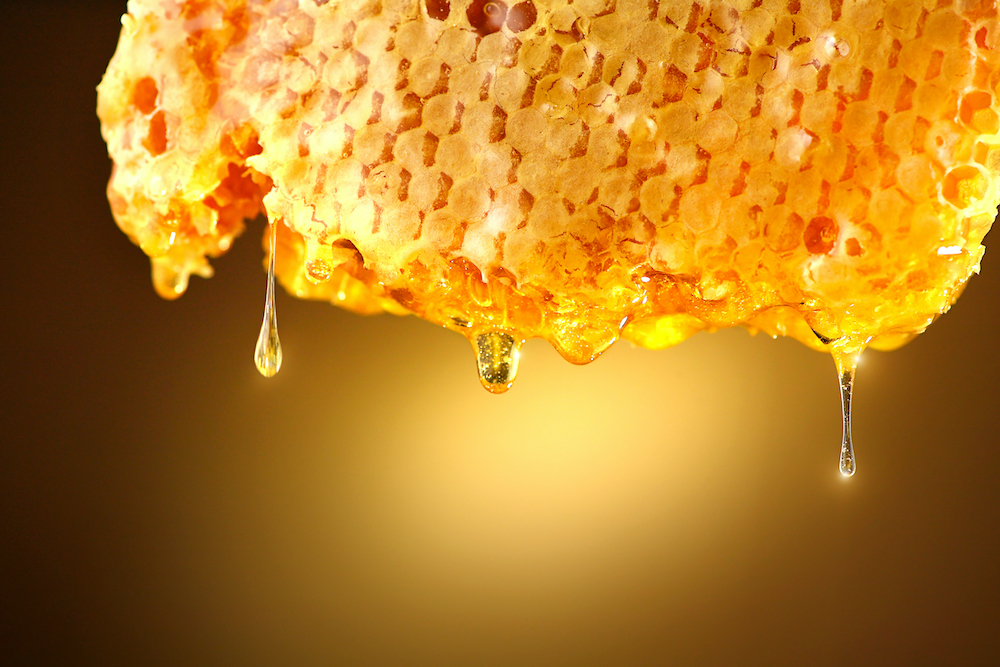What to Do About Crystallized Honey


Imagine this scenario: You wake up in the morning with a hankering for warm, crispy toast covered in oozy, gooey honey. You head to the kitchen and reach into the cupboard only to find that your honey has crystallized! What are you to do?
While you might fear that the honey has gone bad and that you will have to settle for some boring cereal or oatmeal, there is no need to worry. To answer the question of what to do about crystallized honey: nothing! Crystallized honey is still good to eat and will taste as delicious as it always does.
In this article, we are going to find out why honey crystallizes and what you can do to restore it to its original state.
Why Does Honey Crystallize?
Raw, unfiltered honey that is made by bees (and not in some factory) will naturally start to crystallize over time. It can start to look a little hard, gritty and white instead of its typical smooth, amber appearance. Crystallization is actually a sign that the honey you are eating is real, high quality honey.
Natural honey primarily consists of two sugars called glucose and fructose and water. The water is oversaturated with sugar, making honey prone to crystallization. Over time, the glucose in the honey starts to crystallize. The glucose molecules, which have a lower solubility than the fructose molecules, begin to separate from the water and form crystals. As the process continues, the crystals will spread throughout the honey, making it thick and more solid in structure.
The degree to which honey crystallizes also depends on its pollen content and the type of nectar used. Small amounts of pollen found in the honey make a good surface for crystals to bind to. Nectar with higher levels of glucose will form crystals faster than nectar with higher fructose levels.
What to Do With Crystallized Honey?
If you find yourself with crystallized honey, remember that it is a natural process that can’t be avoided. In fact, crystallization is a good sign because it tells you that your honey is raw, natural and unfiltered!
Depending on what you are using it for, you might decide to leave it in its hardened form. Many people prefer this because it is much easier to use as a spread or measured out for recipes. If you need your honey in liquid form fast, here is a simple trick.
Take the jar of honey and place it in a saucepan full of water. While the honey sits in the water bath, slowly increase the temperature while gently stirring to distribute the heat and dissolve the crystals. Avoid boiling the water or allowing it to get too hot. Very hot water can burn the honey or even destroy some of the good enzymes that make it so nutritious.
Tips for Preventing Crystallized Honey
While you can’t completely avoid crystals from forming (and really, why would you!), there are some things you can do to prevent your honey from crystallizing:
- Store the honey at room temperature or greater. Low temperatures encourage the formation of crystals. Avoid storing honey in a cold pantry or the refrigerator.
- Keep the honey in a glass jar or container rather than plastic. Plastic is more porous than glass and allows more moisture in. More moisture leads to more crystals.
- Choose varieties of honey that have lower glucose levels. Some examples of honeys that will form crystals more slowly include tupelo, maple and blackberry.
Hopefully, this article has changed your mind if you were hesitant to use your chunky, crystallized honey. Crystallization is a natural process in honey and it should not be feared! For the best honey, choose a variety from a local beekeeper. By doing this, you are doing your part to support your local bee populations. Plus, you will know exactly where your honey came from.
